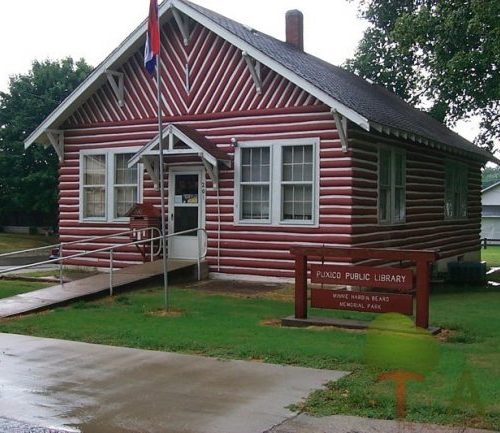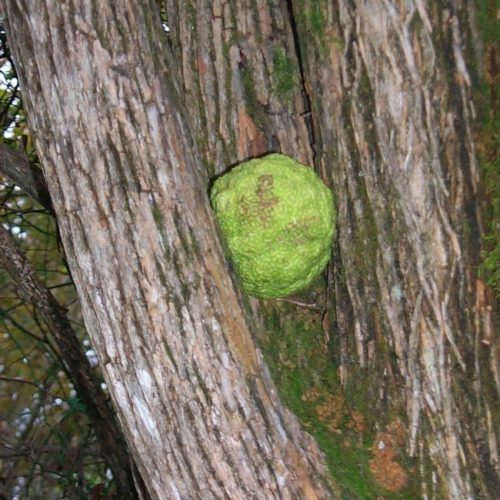You know how when you see something such as a battleship, or a plane, or a skyscraper, or a huge rock, you get the urge to touch it? Or, you may go one step further and actually stand on it or go into it. You just want to explore. I felt that way when I saw the Elephant Rocks at the state park near Graniteville, Missouri.
I just had to climb those rocks. They were a challenge and I needed to feel those rocks under my feet. And when I finally huffed and puffed my way to the viewing site overlooking an old quarry, I felt satisfied. I had accomplished my mission. It was one of those Kodak moments for the brain, when you want to memorize every color, every nuance of the vista.
Where the Elephant Rocks Came From
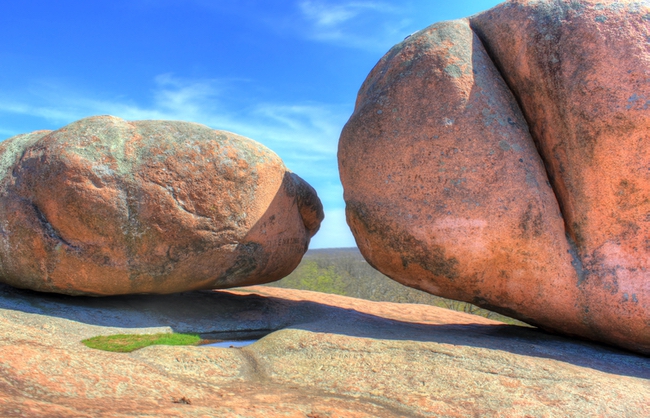
Tom Beveridge wrote “Geologic Wonders and Curiosities of Missouri,” and he explained how the elephants pushed themselves out of the ground to form the classic circus-parade formation—where elephants line up and hook trunk to tail, trunk to tail. Beveridge’s book is a “must-have” for every Missourian who loves the outdoors. He first refutes the notion the rocks were formed by glaciers, because glaciers did not slide this far south into Missouri. Instead, Beveridge writes the elephants sprang forth from the earth about 1.5 billion years ago when molten rock accumulated below the earth’s surface.
After it cooled, red granite resulted. Vertical cracks formed in the granite because of stress and cooling. Geologists call these cracks “joints.” Groundwater and surface water took its toll on the rocks, rounding edges and corners. Erosion eventually wore away the surface area. The rocks, just as everyday rocks seem to do in our yards and gardens, came to the surface.
The Rocks Today
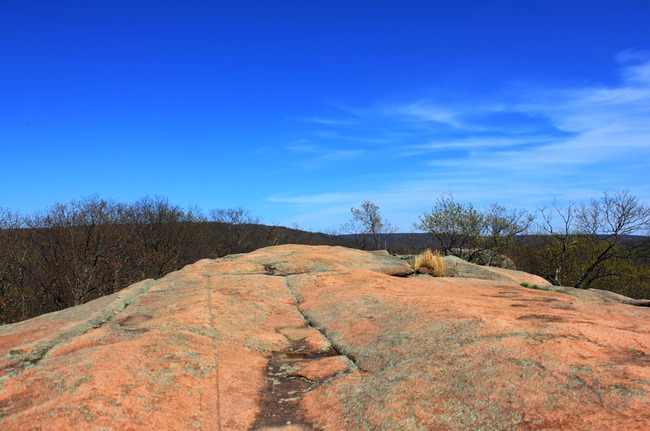
Today, visitors may still observe the effects of water on the huge elephants where basins have formed in the rock. Called “solution pans,” “tinajitas,” or “birdbaths,” these basins are often home to tadpoles and mosquito larvae. We saw several tadpoles in the pans while we were on the rocks.
The biggest elephant daddy of the bunch is appropriately named Dumbo. He weighs in at 680 tons and is 27 feet tall, 35 feet long and 17 feet wide. Once each eon or so, new elephants join the herd. No one really knows how many there are or were or might be in the future.
Not only may visitors take advantage of the one-mile paved Braille Trail, which is the first of its kind in Missouri state parks, they may also walk through the mazes created by the rocks. If you felt like a big person on top of the rocks, you’ll feel like an ant in the maze. Not only do you get busted down to reality—we’re all just ants in a colony—try losing a kid somewhere in the rock formation.
Losing a Kid
I was beginning to wonder if we needed to call out the state troopers with their helicopters to search for my daughter. Sometimes I could hear her, but I couldn’t find her. The rest of the family coordinated a search team, with explicit instructions on how we would keep in touch with each other. Then we lost another kid, the baby, the little guy. OK, we were down 2 kids.
We eventually found each other, took a break on the rocks, enjoyed the sunshine on our faces and called it a day at the park. After a cool day of wedging our bodies through such areas as “The Fat Man’s Squeeze” in the maze, it felt good to sit on a warm rock.
Visiting Elephant Rocks State Park
If you go to the park, you may want to pack a picnic. Thirty picnic sites are stationed among the elephants. There is no camping. Pets must be on leashes and rock-climbing equipment is not allowed. Also, please do not feed the elephants.
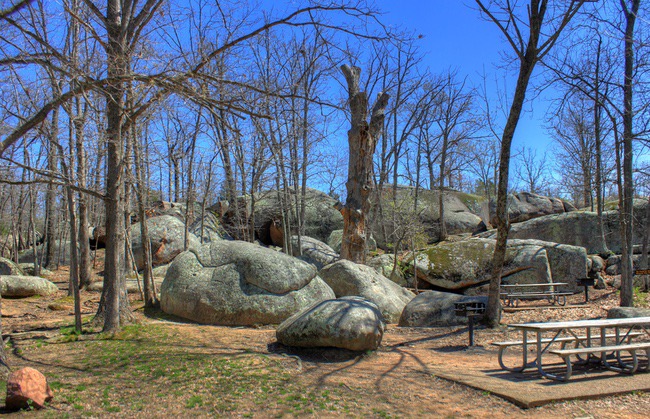
If you venture over to Graniteville, you may spot a few of the original granite buildings from the late 1800s—such as a stone schoolhouse and a few residences. In its heyday (1890), Graniteville boasted a population of 700 folks who owned or worked in the quarries nearby. The local quarries provided rock for several important structures. These structures included facing stone for the Eads Bridge piers on the Mississippi River, paving blocks for the St. Louis levee and stone for the turned columns on the Governor’s Mansion in Jefferson City. There are still working quarries in the area.
From April to October, the park is open from 8 a.m. to 8 p.m. Winter hours are from 8 a.m. to 5 p.m.
Visit Elephant Rocks State Park online.
All photos are courtesy of Good Free Photos, a collection of public domain photos.

